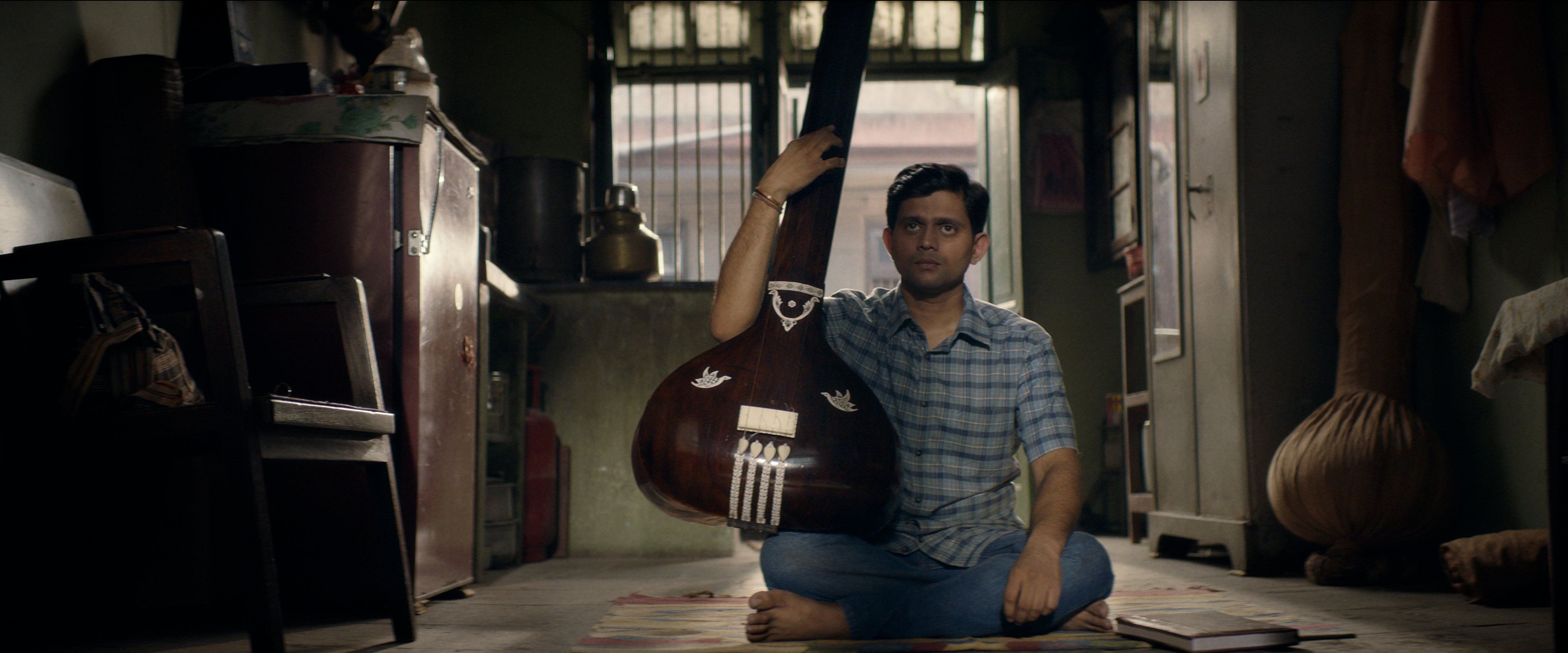
Indian popular cinema is unimaginable without music, especially songs, and the music borrows — or borrowed — heavily from the classical tradition, which is one of the most prized constituents of India’s heritage.
This being the case, why Indian cinema has not taken extensively from hard-core classical music remains a mystery. If one recollects its use, it has been ‘pop’ singers like Mohammed Rafi (‘Baiju Bawra’) and SP Balasubrahmanyam (‘Sankarabharanam’) who have lent their voices to fictional classical singers in Indian cinema.
By and large, popular taste in music is actually also moving away from the classical tradition. To inquire into why this is so, it would be necessary to first examine the role of songs in Indian films.
The easiest comparison is with Hollywood. The songs in Hollywood musicals are contextual. The villain Fagin in Carol Reed’s ‘Oliver!’ (1968) sings a song ‘You’ve got to pick a pocket or two’, lyrics intended entirely for that use — of a petty criminal’s song training boys to steal.
In popular Indian films, songs cannot carry such sentiments but must be morally acceptable. They must assist in bearing the message of the films. The villain, who is the bearer of bad thoughts, consequently, cannot sing songs, although he may listen to them — as in ‘Sholay’ where Gabbar listens to ‘Mehbooba’.
The songs must also have lyrics of the kind listened to in cinema, extol sentiments about love, friendship, or devotion, which fit into filmic narration. The piece cannot, therefore, be relayed in snatches but in its entirety, with its sentiments fully expressed.
In western art films about musicians, in contrast, only snatches of classical music are heard (Krzysztof Kieslowski’s ‘Three Colours: Blue’ or Luchino Visconti’s ‘Death in Venice’) as performance. The music also functions as background score/theme in the rest of the film.
I recall two Indian films that use the shehnai with Bismillah Khan providing the music. One is the Rajkumar starrer ‘Sanaadi Appanna’ and the other is the Hindi film ‘Goonj Uthi Shehnai’. In both these films, great classical shehnai music is interrupted by minor film songs. The shehnai is not used as background music but only for performance by the protagonist.
There is a paucity of silence in Indian cinema. The reason is a tendency to impose a meaning on all experiences through mood-creation. I became acutely aware of it while watching ‘Queen’. The heroine’s arrival in Paris has Hindi crooning on the soundtrack.
When we travel to strange places, we are intensely aware of local sights and sounds but the film drowns them out as if to reassure the spectator that the familiar will not leave the Indian abroad. In consonance with this, the heroine avoids ‘improper’ liaisons with foreign men although her fiance has dumped her on the eve of their marriage and loyalty is not an issue. The music perhaps reassures us that she will remain a ‘Bharatiya nari’.
In Indian cinema, the background music is simple mood-evocation. It virtually excludes classical music in the score since it is too complex; when ragas are sung, they have to be rendered by acceptable voices without the timber of the classical singer.
Lata Mangeshkar’s sweet voice, for instance, suggests virtuous and pure womanhood, and her voice was also used as playback for children singing on-screen to suggest innocence. Gangubai Hangal’s voice would be very confusing to film audiences: what kind of ‘ideal Indian womanhood’ could she represent?
After Lata, most playback singers have hence tried to imitate her sweetness. Male voices, similarly, convey romantic soulfulness (Rafi), sadness (Mukhesh) or good-hearted mischief (Kishore Kumar).
All of them are unthreatening; Mallikarjun Mansur would hardly be suitable since one cannot fit his voice into film narrative as that of a character. When classical music is used as background music (‘Pather Panchali’), it has to be watered down. Classical music is extraordinarily rich and this brings us to whether it can be used as background score or theme music. There is a difficulty and this is because it is not emotionally ‘neutral’ and tends to impose a mood, usually too nuanced for the Indian film narrative.
It would, for instance, be unthinkable to use classical music to evoke horror or deeply negative emotions because such emotions are not considered legitimate by the classical arts in India. In contrast, Stanley Kubrick can use classical western music (Krzysztof Penderecki) in a horror film (‘The Shining’).
Indian classical music can be best employed only when a film is based on the art form itself. Since a composition will have to be relayed in its entirety, it will have to be a short composition. Chaitanya Tamhane’s ‘The Disciple’ is about a great classical musician and the evils of artistic compromise. But the music heard in it is light.
Perhaps the greatest singers ever heard on the Indian screen were Amir Khan and DV Paluskar in ‘Aaj Gawat Man Mero Jhoom Ke’ in ‘Baiju Bawra’ but the song lasted a mere three minutes. This makes me wonder whether classical music can be employed as a way of lending intensity to Indian cinema.
(The writer is a well-known film critic)